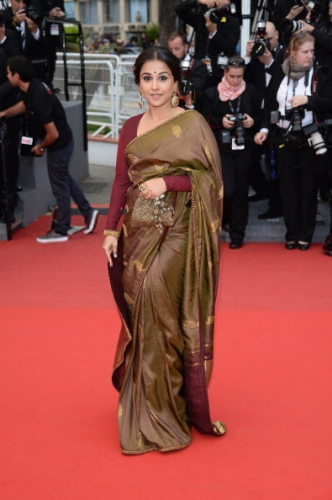
by Atiya Hasan – Follow @AtiyaHasan05
Aishwarya Rai has finally made her much awaited appearance and boy, do we love her fashion choices! Also, Vidya Balan continues to dazzle.
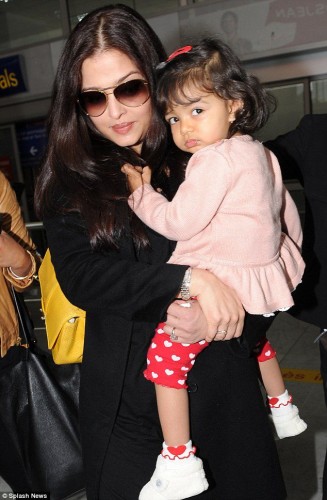
Source: World of Aish (WOA)
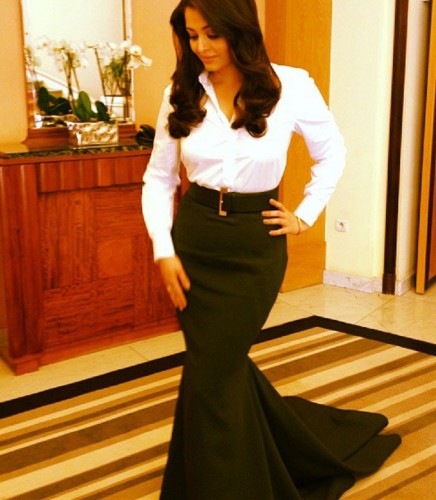
Source: World Of Aish (WOA)
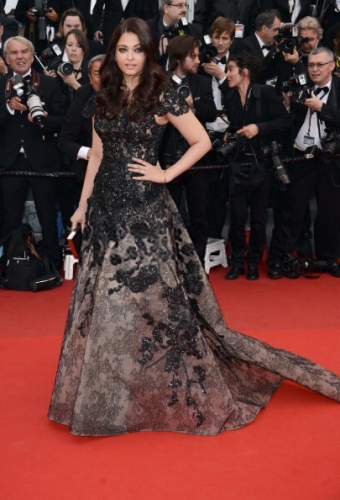
Source: Bollywood’s Biggest Fan Club – BBFC
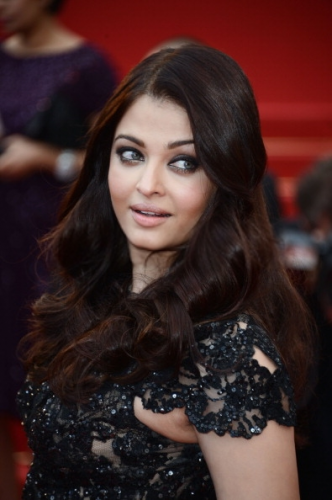
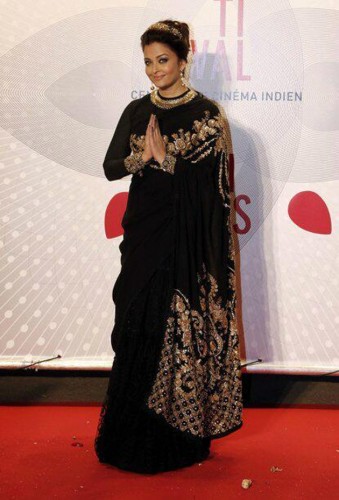
Source: Zee News
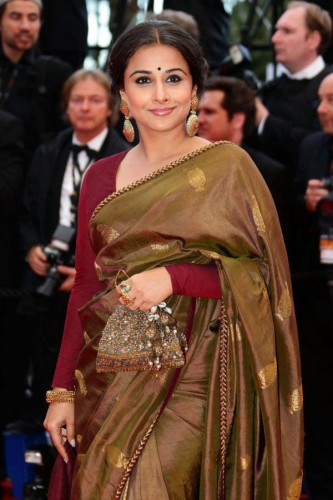
Source: Bollywood’s Biggest Fan Club – BBFC
